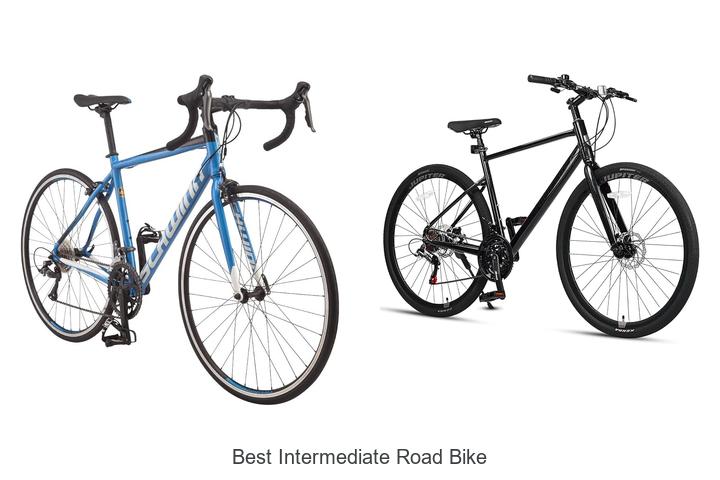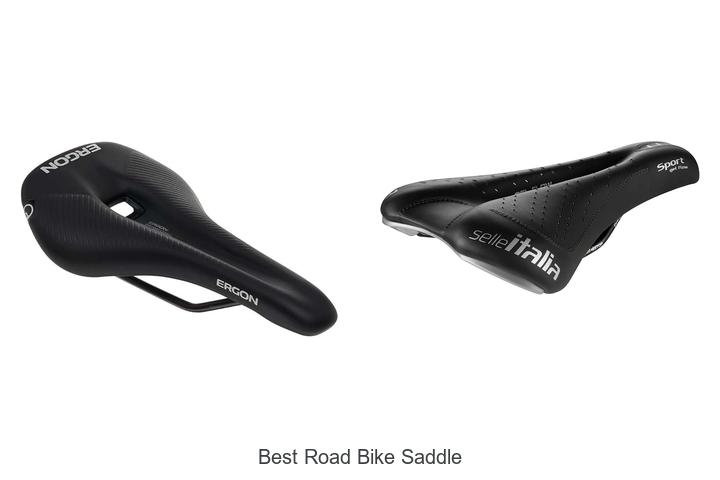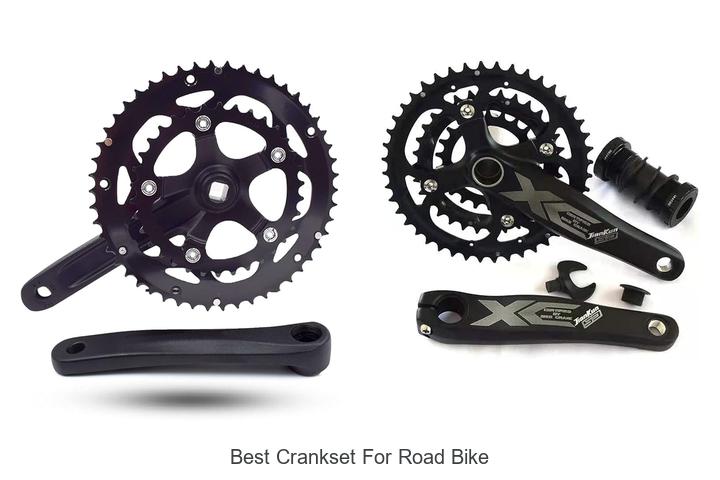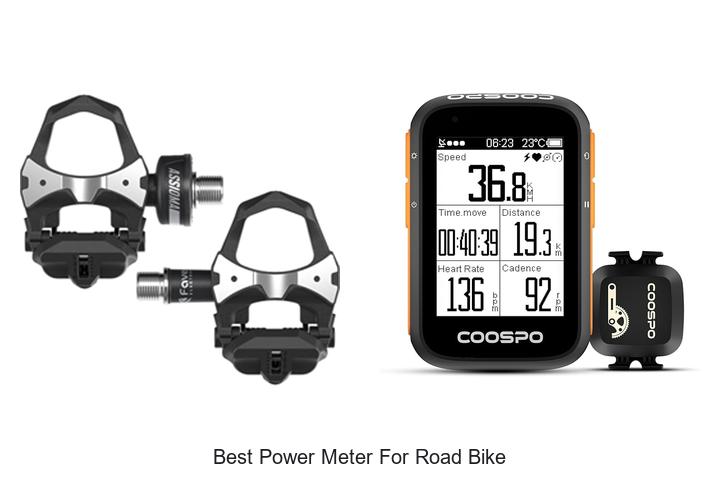How Long Do Road Bike Tires Last? Mileage & Maintenance Tips
When it comes to road biking, knowing how long your tires last can save you from unexpected flats and poor performance. Tires wear down over time depending on factors like mileage, road conditions, and riding style. Understanding their lifespan helps you plan replacements before they affect your ride.
You might be wondering what signs to watch for or how many miles you can expect from a set of road bike tires. While there’s no one-size-fits-all answer, you can get a good estimate by considering how and where you ride. Keeping your tires in top shape ensures safety and smooth rides every time you hit the road.
Factors Influencing How Long Road Bike Tires Last
Several factors affect the lifespan of road bike tires. Understanding these elements helps you predict when to replace tires and keeps your rides safe and efficient.
Tire Material and Construction
Tire longevity depends heavily on the material and construction. Tires made of high-quality rubber compounds resist wear longer. For example, tires with Kevlar reinforcement improve puncture resistance but add weight. Slick tires with minimal tread last longer on smooth asphalt, while tires with more aggressive tread wear faster due to increased friction. Tubeless tires reduce pinch flats, influencing overall durability.
Riding Conditions and Terrain
Road bike tires wear faster under harsh conditions. Rough, gravel roads increase tread abrasion compared to smooth pavements. Wet or muddy environments accelerate rubber degradation and cause sidewall damage. Frequent exposure to sharp debris or potholes increases the chance of cuts and punctures, reducing tire life. Consistent riding in dry, clean conditions extends tire usability.
Rider Weight and Riding Style
Heavier riders cause more tire compression and deformation, which speed up wear. Aggressive riding styles, like rapid acceleration, high-speed cornering, and frequent braking, increase heat and friction on tires, reducing their lifespan. Smooth, consistent pedaling and avoiding sudden stops help preserve tire tread. Proper tire inflation tailored to rider weight ensures even wear and optimal performance.
Typical Lifespan of Road Bike Tires
Understanding how long your road bike tires last helps you plan maintenance and replacements effectively. Tire lifespan varies based on several key factors that impact mileage and wear.
Average Mileage Expectations
You can expect road bike tires to last between 1,500 and 3,000 miles, depending on tire quality, terrain, and riding conditions. Entry-level tires typically wear out closer to 1,500 miles, while premium tires with harder rubber compounds can reach or exceed 3,000 miles. If you ride mainly on smooth pavement, your tires tend to last longer than riding on rough surfaces. Frequent cornering and higher speeds also reduce mileage due to increased tire stress.
| Tire Type | Expected Mileage Range |
|---|---|
| Entry-level tires | 1,500 – 2,000 miles |
| Mid-range tires | 2,000 – 2,500 miles |
| High-performance tires | 2,500 – 3,000+ miles |
Signs of Tire Wear and Tear
You should inspect your tires regularly for visible signs indicating replacement. Look for tread wear: smooth patches or flattening show your tire has less grip and thinner rubber. Check for sidewall cracks or cuts, which weaken tire structure and increase puncture risk. Small embedded debris or frequent flats also signal tire degradation. If you notice bulges or bubbles on the tire surface, it indicates internal damage, and you should replace the tire immediately to avoid failure during rides.
Tips to Extend the Life of Your Road Bike Tires
Extending your road bike tires’ lifespan depends on consistent care and smart riding choices. Following these tips helps you maximize mileage and maintain performance.
Proper Inflation and Maintenance
Maintain tire pressure according to manufacturer guidelines, usually between 80-130 PSI, depending on tire model and rider weight. Underinflated tires cause excessive wear and increase puncture risk, while overinflated tires reduce traction. Check pressure before every ride using a reliable gauge. Clean tires regularly to remove debris and avoid embedding sharp objects. Rotate tires front to back every few thousand miles to promote even wear.
Avoiding Common Riding Hazards
Avoid riding over sharp gravel, potholes, glass, and curbs to prevent cuts and sidewall damage. Choose routes with smooth pavement whenever possible. Slow down on rough surfaces to reduce tire impact stress. Limit braking intensity on front wheels to reduce flat-spotting. Use tire liners or puncture-resistant tires if you frequently ride in areas with high debris.
Regular Inspections and Replacements
Inspect tires every 500 miles or monthly for tread wear, sidewall cracks, bulges, or embedded debris. Replace tires immediately if you notice worn tread indicators, stretched or cracked sidewalls, or frequent flats. Track mileage per tire to anticipate replacement around 1,500-3,000 miles, depending on tire type and usage. Keep documented maintenance records to optimize tire rotation and replacement timing.
Choosing the Right Road Bike Tire for Longevity
Selecting the right road bike tire impacts how long it lasts and how well it performs. Focus on tire quality and tread design to maximize your tire’s lifespan.
High-Quality Tires vs. Budget Options
High-quality tires use advanced rubber compounds and superior construction techniques to resist wear and punctures. These tires typically last between 2,500 to 3,000+ miles, offering consistent performance on various road surfaces. Budget options normally feature basic rubber and simpler designs, often lasting around 1,500 to 2,000 miles before needing replacement. Choosing premium tires delivers better durability and can save money in the long run by reducing frequent replacements.
Tire Tread Patterns and Durability
Tread patterns influence grip and wear resistance. Smooth or minimal tread tires reduce rolling resistance and wear more evenly, extending tire life on paved roads. Tires with pronounced tread patterns offer improved traction on wet or rough surfaces but tend to wear faster due to increased rubber surface and channel depth. For longevity, select tires with tread patterns that suit your typical riding conditions—minimal tread for mostly smooth roads and moderate tread if you encounter mixed terrain regularly.
Conclusion
Knowing how long your road bike tires last helps you plan replacements before issues arise. Paying attention to wear signs and maintaining proper tire care keeps you riding safely and smoothly.
Choosing quality tires that fit your riding style and conditions will give you the best balance of performance and durability. With regular inspections and smart riding habits, you can maximize your tire’s lifespan and enjoy every mile on the road.
Frequently Asked Questions
How long do road bike tires typically last?
Road bike tires usually last between 1,500 and 3,000 miles, depending on tire quality, riding conditions, and maintenance.
What factors affect the lifespan of road bike tires?
Tire lifespan is influenced by mileage, road conditions, riding style, tire materials, rider weight, and terrain.
How can I tell when my bike tires need replacing?
Look for tread wear, sidewall cracks, bulges, or frequent flats as signs that it’s time to replace your tires.
Does tire quality impact its durability?
Yes, high-quality tires with advanced rubber compounds and construction generally last longer, up to 3,000+ miles.
What riding conditions reduce tire life?
Riding on rough terrain, sharp gravel, potholes, and aggressive riding speed up tire wear and cause damage.
How often should I inspect my road bike tires?
Check tires every 500 miles or at least once a month for signs of damage and wear.
Can proper tire maintenance extend tire life?
Yes, maintaining correct tire pressure, avoiding road hazards, and regular inspections help maximize tire mileage.
How does tread design affect tire durability?
Minimal tread is best for smooth roads, reducing wear, while moderate tread improves grip and durability on mixed terrain.
What is the difference between entry-level and premium road bike tires?
Entry-level tires last about 1,500–2,000 miles, while premium tires can exceed 3,000 miles due to superior materials and design.
How does rider weight influence tire wear?
Heavier riders put more stress on tires, which can accelerate wear and reduce tire lifespan.




